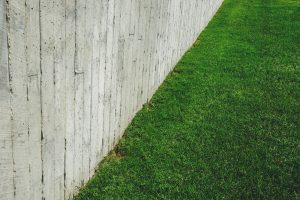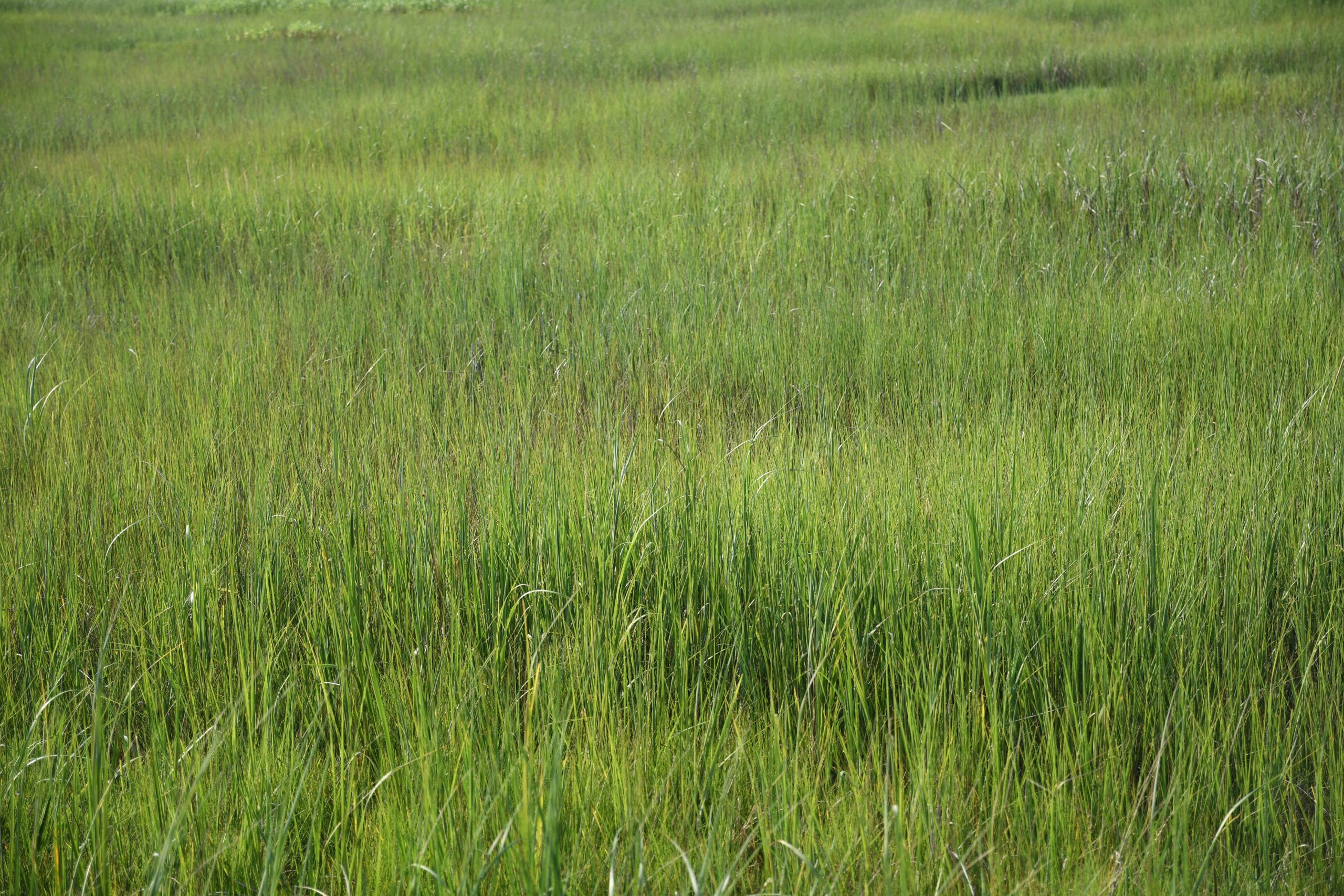Last Updated on April 4, 2024 by Real Men Sow
There is nothing more frustrating when it comes to mowing your lawn while trying to maneuver over bumps and lumps. A leveled lawn is not only beautiful and easier to maintain, but it also has some other benefits.
If your garden has problems with drainage or waterlogging, leveling and grading the grass can help to encourage water flow away from the property. It will also allow more water to be absorbed into the soil, which will provide nutrients and improve the soil’s overall health.

Why Does Your Lawn Need Leveling?
Uneven garden levels can occur very naturally as some grounds naturally slope. Plus, when there are many people walking or moving on the lawn can cause uneven ground distribution. If you are living with your family these factors might be already common sense to you. Here are common causes why leveling a garden is needed in most cases.
Causes of Uneven Lawn
Animals
Your neighborhood cats and pesky foxes searching for food. In the most vulnerable months of the year, animals are a major cause of uneven lawns. There is a way to prevent these pests from ruining your lawn.
Children
When the soil is still soft, then the children playing in the garden can cause a lot of pressure to the lawn. This can not only be harmful to the grass’ health but also cause problems for the lawn long-term.
Nightcrawlers
These huge earthworms can cause serious problems when you try to maintain your lawn. They can move between 20 to 25 tons of soil per acre to the surface each year. To prevent this problem from happening, keep your soil’s pH low.
Waterlogging
The weather can make your lawn look a lot worse in winter. It can cause permanent damage to your lawn if surface water sits on it. This is why it is important to get your drainage in order.
Soil settlement
The composition of your lawn can be affected by things below the soil, such as rocks and piping. To resolve this problem, you should excavate the affected areas and break down the rubble beneath.
Prepare to level your garden lawn
Check for low spots and drainage issues
Before you continue, consult a professional if low spots appear near water pipes. To avoid flooding and drainage problems, it is advisable to re-grade the lawn.
An underground drainage system can also be installed using gravel or flexible drainpipes. Wear and tear, mole injury, drought, or frost are all possible causes of bumps and hollows.
Which Leveling Method Is Best?
There are two main ways to level a lawn which depends on how damaged the area is. To determine which method is best, you should inspect all low spots in the garden. Each method will require the use of the same mix for top dressing a lawn.
It will contain two parts sand, two parts topsoil, and one part compost. Combining these will fill in the required areas while improving drainage. The compost allows for the formation of nutrient-rich soil.
Pre-water your lawn for leveling
It is important to water your lawn several days before you intend to level it. This will ensure that the soil does not dry out too much or become too powdery. Don’t overwater as wet soil is just as difficult to work with.
When is it time to level your garden lawn?
Spring is the best time to begin your repairs. This will give your grass seed enough time to grow and sufficient moisture to allow the soil to settle. There are two main ways to level your property. One for shallow low spots, and one for deeper low spots than 2cm-3cm.
Shallow low spots on your lawn
The top dressing mixture can also be used directly on areas that are 1-2 cm lower than the rest. Spread a thin layer of the top dressing mixture over the problem area. Use a garden rake to spread it evenly until it is fully filled in and leveled.
Use your feet and the flat end of the rake to compact the soil. To aid in compaction, lightly water the soil and allow it to settle. This process should be repeated for any other areas that are shallow.
After the soil has settled for a few days, grass seed can then be distributed. Next, sprinkle some topsoil mixture on the soil and pat it down with your palm. To germinate the seeds, the soil needs to be sprayed with water four times per day for the first 48 hours.
Water the area regularly, and then allow the grass seed time to grow. If there are any bare or low spots left after the grass seed has settled, another application can be made.
Deep low spots on your lawn
A different method will be needed to level lawns that are more than 2cm in depth. A squared-off shovel is required for this purpose. Use the shovel to cut into the center and around the edges of the bump. To make it easier to lift, keep the cut as straight as possible.
To maintain a uniform thickness of soil, cut to 4-5 cm deep. Slide the shovel under each section to horizontally chop it. It is important that the soil does not dry out too much, or it will crack when it is moved. You can gently peel the turf’s edges until they are flat and not breaking.
To level a bump in your lawn, remove all soil and tread down. Then fold the turf flaps over. Use a garden fork or a shovel to fill in a hole. To reduce sinking, you can compact the soil by walking down.
Fill the hole with your top-dressing mixture until it is level with the surrounding area. Then rake the soil to break it down and fold the turf flaps back over.
You will now need to tamp down the turf. Start at the edges of the cross section, and work towards the centre. To prevent the edges from drying out, fill any gaps left by the cuts with more top dressing. To cover and fill the spaces, you can sprinkle lawn seed in them. Let the grass seed grow by watering regularly.
After you’ve completed the required areas, you can use a 2×4 wooden board and a spirit-level to verify the grade and level.

